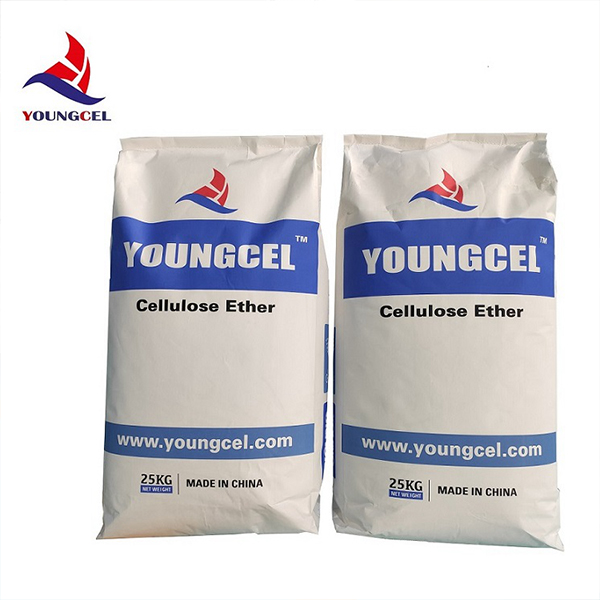The Versatility of Ethyl Hydroxyethyl Cellulose An Overview
Ethyl Hydroxyethyl Cellulose (EHEC) is a non-ionic cellulose ether that has gained widespread recognition in various industries due to its unique properties and versatility. Derived from cellulose, which is an abundant natural polymer, EHEC offers numerous benefits, making it an essential ingredient in multiple applications ranging from pharmaceuticals to cosmetics and construction materials.
Chemical Structure and Properties
EHEC is synthesized by the reaction of cellulose with ethylene oxide and ethyl chloride. This modification results in a compound that is soluble in water and has superior thickening, emulsifying, and film-forming properties. The presence of ethyl groups enhances the hydrophobic nature of EHEC, thus improving its solubility in organic solvents compared to other cellulose derivatives.
One of the key attributes of EHEC is its ability to form stable gels and viscous solutions even at low concentrations. This characteristic is particularly advantageous in industries such as food and personal care, where it is often used to improve the texture and stability of formulations. Furthermore, being a non-ionic compound, EHEC is compatible with a wide range of substances, including electrolytes, surfactants, and other hydrophilic polymers, which expands its utility in formulations.
Applications Across Industries
1. Pharmaceuticals EHEC serves as a binder and thickening agent in pharmaceutical formulations, improving the uniformity and stability of suspensions and emulsions. Its biocompatibility and non-toxicity make it suitable for various drug delivery systems, including tablets, gels, and topical applications.
2. Cosmetics and Personal Care In the cosmetic industry, EHEC is widely utilized for its thickening and film-forming properties. It enhances the feel and application of creams, lotions, and gels while providing moisture retention and stability to formulations. EHEC also acts as a stabilizer for emulsions, preventing the separation of oil and water phases in products like moisturizers and sunscreens.
ethyl hydroxi ethyl cellulos

3. Food Industry EHEC is employed as a thickener and stabilizer in food products. It improves the texture and viscosity of sauces, dressings, and dairy products, providing a smooth mouthfeel. Additionally, its ability to form gels is exploited in confectionery and bakery products, contributing to the desired consistency and appearance.
4. Construction and Building Materials EHEC finds applications in the construction industry as a water-retaining agent in mortars and adhesives. Its thickening property enhances the workability and application of cement-based products, allowing for better adhesion and performance.
5. Agriculture Due to its film-forming and mucoadhesive properties, EHEC is also used in agriculture as a coating agent for seeds and fertilizers, ensuring sustained release and improved efficacy of these products in soil.
Environmental Impact and Sustainability
One of the crucial advantages of EHEC lies in its derived nature from renewable cellulose sources. As the demand for eco-friendly and sustainable materials continues to grow, EHEC stands out as a biodegradable and non-toxic option, aligning with global sustainability goals. Additionally, ongoing research into its production methods seeks to reduce environmental impact further, making it a promising candidate for sustainable practices across multiple industries.
Conclusion
Ethyl Hydroxyethyl Cellulose is a versatile and functional compound that plays a vital role across various sectors. Its unique properties, combined with its biocompatibility and sustainability, ensure its continued relevance in evolving industries. As research and innovation progress, the potential applications of EHEC are likely to expand, presenting exciting opportunities for enhancing product performance and sustainability in a rapidly changing world.
-
Premium Detergent Grade HPMC Hydroxypropyl Methylcellulose: Superior Thickening & StabilityNewsAug.31,2025
-
HEC 100000 Hydroxyethylcellulose for Paint | Superior ThickeningNewsAug.30,2025
-
Wall Putty Rdp Powder Packaging DesignNewsAug.29,2025
-
Introduction to Hpmc Hydroxypropyl Methyl CellulosNewsAug.29,2025
-
Hpmc Industri Grade IntegrationNewsAug.29,2025
-
How to Choose the Right Construction AdhesiveNewsAug.29,2025




